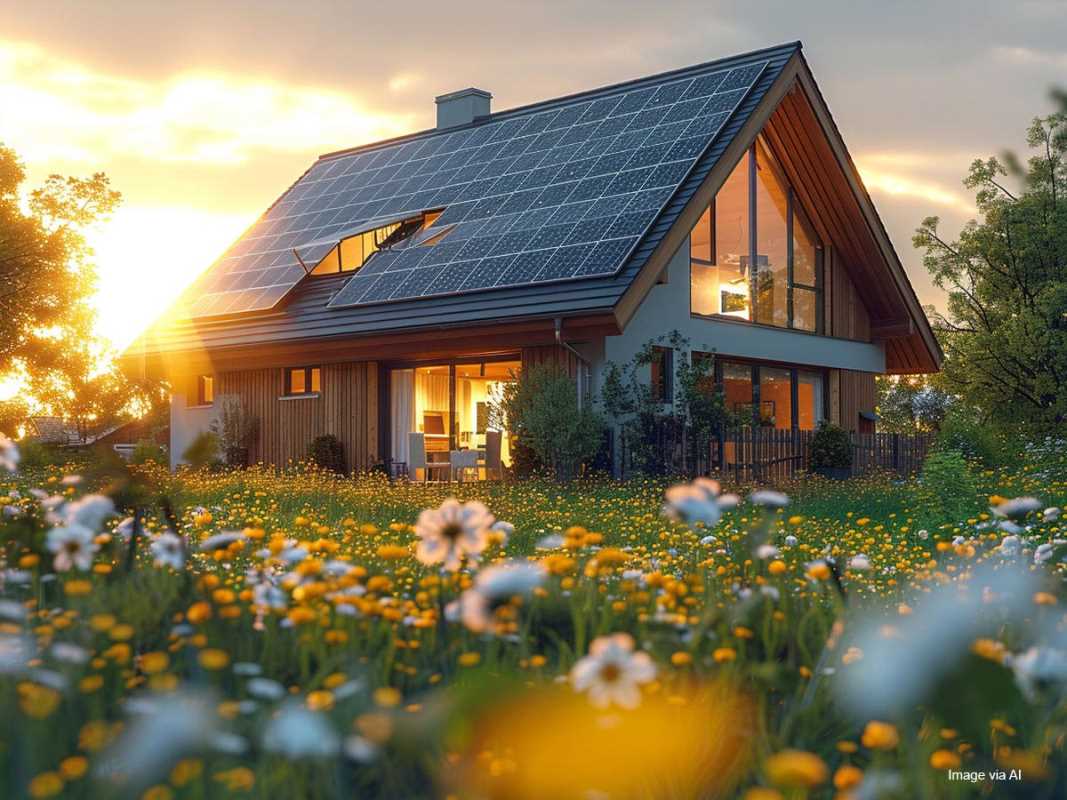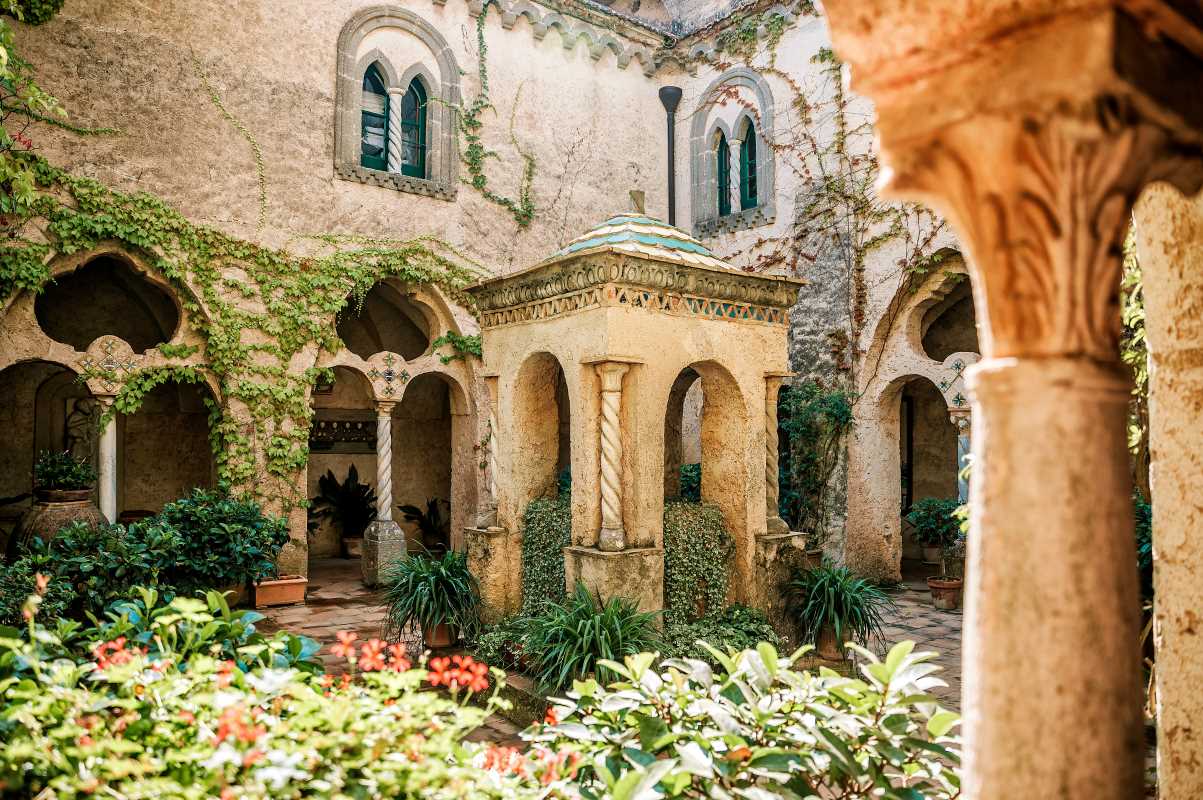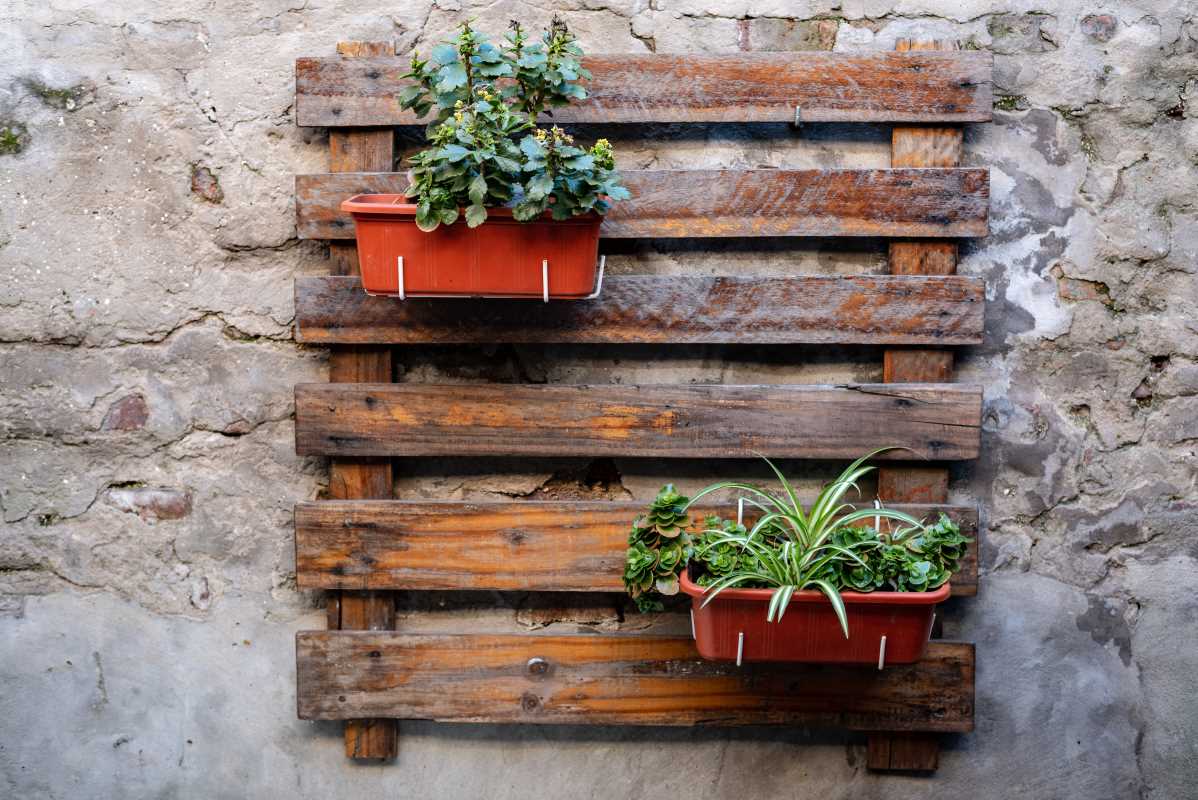Transforming your outdoor space into a beautiful, welcoming area doesn’t have to be overwhelming. Even if you’re new to gardening and landscaping, there are plenty of quick and simple ideas you can use to create a stunning yard.
With a bit of creativity, some thoughtful planning, and a handful of easy-to-implement strategies, you’ll soon have a space you’re proud to showcase. Here are some beginner-friendly landscaping ideas that are both practical and inspiring.
Start with a Plan
Before you grab a trowel or head to the garden center, take a moment to think about your goals and vision for the space. Do you dream of a flower-filled retreat, a low-maintenance yard, or a cozy area for entertaining? Sketch out your ideas on paper or use a simple garden design app to map out the space.
Not sure where to begin? Start small.
- Focus on one area of your outdoor space like the front yard, a path to your door, or a sitting corner in the backyard.
- This prevents you from feeling overwhelmed and allows you to see quick results, which keeps motivation high.
Add Container Gardens for Instant Color
One of the easiest ways to bring life and color to your yard is by adding container gardens. Pots and planters provide a portable way to showcase plants without the commitment of digging up the ground. You can place them near entrances, pathways, or on patios for a pop of greenery or vibrant blooms.
Choose containers in varying sizes and colors to add visual interest. If you’re a beginner, opt for low-maintenance plants like marigolds, petunias, or succulents. Herbs like basil, mint, and parsley also do well in pots while adding functionality—you can harvest them for use in the kitchen! Container gardens are also perfect for renters since they can easily be moved to a new location.
Incorporate Mulch for an Easy Upkeep Look
Mulch is a beginner’s best friend. Not only does it make your garden beds look tidy and polished, but it also helps reduce weeds and retain soil moisture, cutting down on your overall maintenance. Popular materials include wood chips, bark, and even pebbles or decorative gravel for a modern touch.
- Spread mulch around plants, under trees, or in garden beds for a professional finish.
- For added convenience, it’s a good idea to opt for a long-lasting mulch like cedar or rubber mulch, which decomposes slower than standard wood chips.
Choose Low-Maintenance Plants
If you’re new to landscaping, stick to plants that thrive with minimal care. Look for perennials that grow back year after year without needing to be replanted. Native plants are an excellent choice since they’re already adapted to your local climate and soil conditions. They typically require less water and attention.
- Some popular low-maintenance options include lavender, hostas, daylilies, and ornamental grasses.
- These plants add texture, color, and interest to your garden without overwhelming your schedule.
- Succulents and cacti are also becoming increasingly popular for their unique look and low water requirements.
When selecting plants, always consider your specific climate and the amount of sunlight your space receives. Divide your space into sunny and shady areas and select plants that thrive in those conditions to ensure success.
Create Focal Points with Garden Ornaments
Adding a focal point to your outdoor space can instantly create a sense of style and interest without requiring too much effort. A focal point draws the eye and anchors the design of your yard, making it feel purposeful and polished.
Garden ornaments like statues, birdbaths, or even a tall, colorful planter can work wonders. For a more whimsical touch, use wind chimes, lanterns, or decorative garden stakes. Other great options for focal points include benches, arbor trellises, or a small water feature like a fountain.
The key to using ornaments successfully is placement. Position them centrally in your garden beds or at the end of a pathway to naturally guide attention. Be mindful not to overdo it—a single ornament or statement piece is often more impactful than several competing elements.
Use Pathways to Define Spaces
Pathways are an easy way to bring structure and functionality to your landscape. They help break up your outdoor space into defined areas while providing a visually appealing design element. Whether you’re linking garden beds, leading to a seating area, or creating an entryway, pathways can enhance the overall look and feel of your yard.
Gravel, stepping stones, or even repurposed wood slices can be used to create pathways. Lay them out in a simple straight line or a meandering curve for a more natural look. If you’re on a tight budget, you can use inexpensive materials like mulch or bricks to achieve a polished pathway.
Use Vertical Space with Climbing Plants and Trellises
If you’re working with a small yard or limited ground space, take your garden vertical.
- Climbing plants like ivy, bougainvillea, or climbing roses can add height and lushness to your landscape.
- Trellises, arbors, or even a simple fence can serve as structures for these plants to grow on.
Vertical gardening not only saves space but also creates a lush and cozy feel. It’s especially useful for concealing unsightly walls or fences. If flowers aren’t your thing, consider vertical vegetable gardening with climbing crops like tomatoes, beans, or cucumbers for a space that’s both beautiful and productive.
Keep It Simple with Lawn Alternatives
Maintaining a traditional lawn can be labor-intensive for beginners. Instead of focusing on grass, consider using ground cover plants like creeping thyme or clover, which require less mowing and watering. Another option is to replace grass with gravel, mulch, or paving stones to create a lower-maintenance surface.
If you have a small yard, artificial turf is another practical lawn alternative. Today’s artificial grass looks realistic and eliminates the need for mowing, watering, or fertilizing while staying green year-round.
Add Lighting for Ambiance
Landscaping isn’t just about what you see in the daytime; good lighting can make your yard magical at night. Solar-powered lights are an eco-friendly and beginner-friendly choice since they don’t require wiring or an external power source. Use them to illuminate pathways, highlight focal points, or string café lights for a cozy vibe on patios and decks.
LED garden spotlights can also be used if you want to showcase a particular feature of your yard, such as a tree, fountain, or flower bed. Lighting not only makes your space functional after dark but also enhances its ambiance and safety.
Landscaping doesn’t have to be intimidating or expensive. The key to success is starting with small, achievable goals that build your confidence. Don’t feel pressured to tackle the entire yard at once—take your time and enjoy the process.
Begin with easy, beginner-friendly projects like container gardens or mulching, and gradually add new features as you find what works for your space and personal style. With some patience and creativity, you’ll be able to create a yard that feels like a peaceful extension of your home.
Whether it’s a corner filled with colorful pots, a pathway that leads to a shady bench, or a low-maintenance flower bed, these quick and easy landscaping tips will have you enjoying your outdoor space in no time!
 (Image source: Midjourney)
(Image source: Midjourney) 





